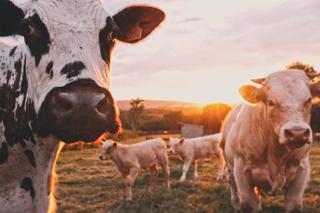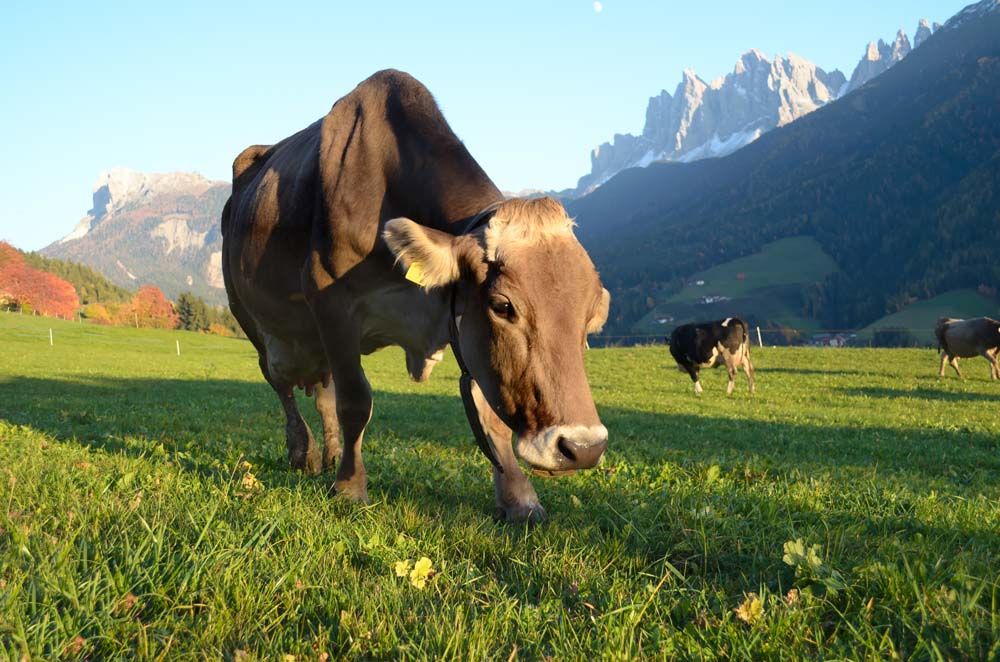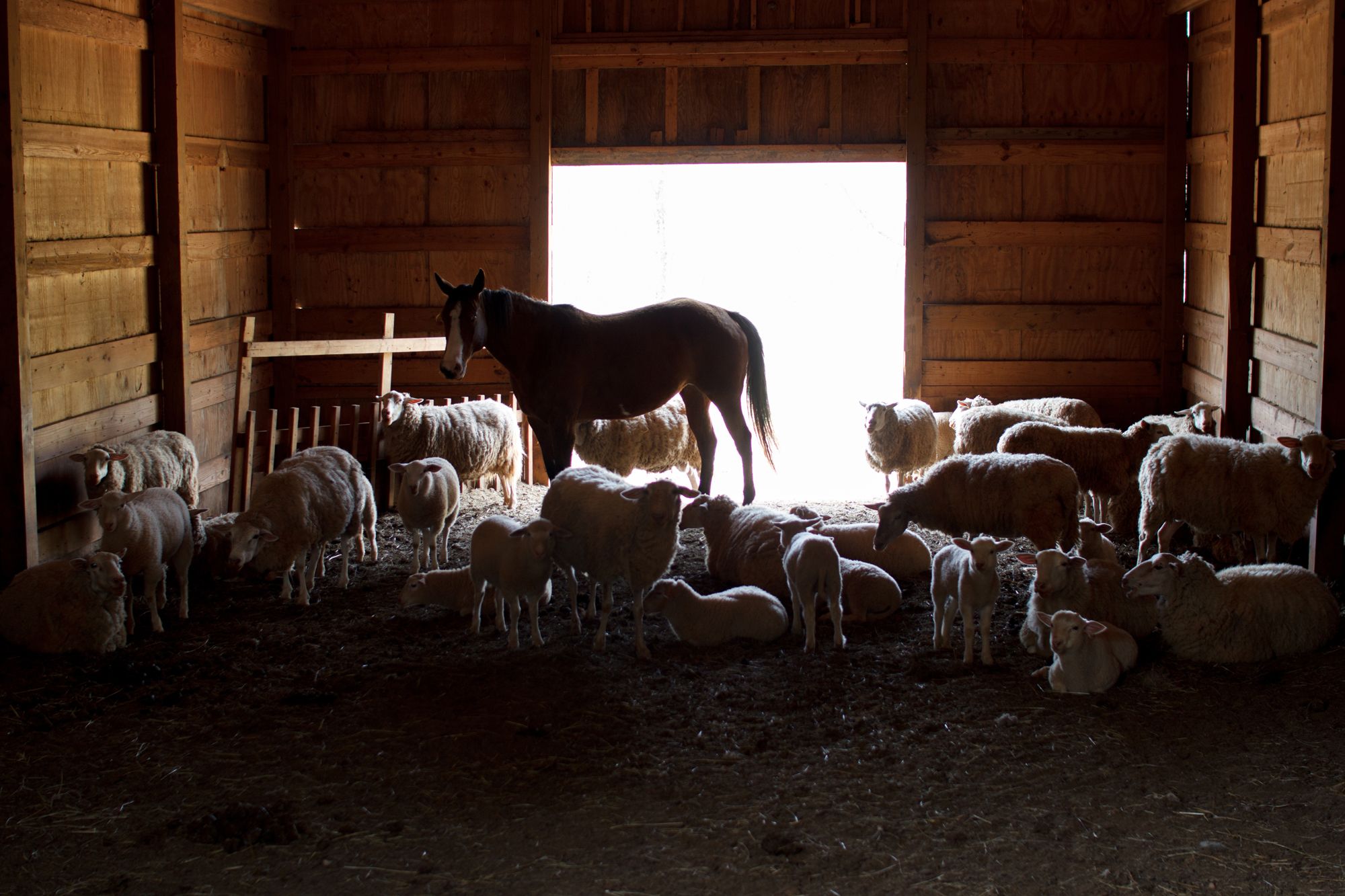Breeds To Watch-Updates to The Livestock Conservancy's 2017 Conservation Priority List


Written by Samantha Johnson
July 27, 2023
In 1977, a group of people got together to form an organization with one goal in mind: to "protect endangered livestock and poultry breeds from extinction." It was a lofty and worthy goal, established out of a deep desire to prevent heritage breeds from disappearing in the United States and to preserve the genetic diversity that was in danger of slipping away.
Over the past forty years, the organization has had a few name changes—it was originally the American Minor Breeds Conservancy, then the American Livestock Breeds Conservancy, and is now The Livestock Conservancy—but its mission has remained unchanged.
Each year, The Livestock Conservancy releases its Conservation Priority List (CPL), which provides a glimpse into the current populations of over 150 endangered livestock and poultry breeds. The breeds are divided into categories: "critical," "threatened," "watch," "recovering," and "study," based on current populations and registration statistics that determine each breed's placement on the list. Over time, some breeds see their populations increase so substantially that they no longer meet the criteria for placement in any category of the CPL. These breeds then "graduate" from the list. Other breeds see slower increases in population and switch back and forth between categories over the years.
In the past five years, The Livestock Conservancy has celebrated the graduation of six breeds: Orpington and Wyandotte chickens, Friesian and Percheron horses, Nigerian Dwarf goats, and Katahdin sheep
In celebration of the 40th anniversary of the establishment of The Livestock Conservancy, let's take a look at some of the changes to the 2017 CPL.
Happy news for the American Chinchilla
When my book, The Field Guide to Rabbits, was first published in 2008, three rabbit breeds fell into the "critical" category on the Conservation Priority List (CPL) of 2007: the American, the American Chinchilla, and the Silver Fox. The critical designation for rabbits indicates a global population of fewer than 500 and annual registrations in the United States of less than 50. In the intervening decade, the populations of Silver Fox and American rabbits increased sufficiently to allow them to move up to "threatened" designation (global population of under 1,000 and fewer than 100 annual registrations in the U.S.), which left the American Chinchilla as the only critically endangered rabbit breed in the United States.
This was ironic, in some respects, because the American Chinchilla was formerly one of the most popular rabbit breeds in America. During the 1920s, a staggering 17,000 American Chinchillas were registered in a single year. To have the breed numbers dwindle to such critical levels was troubling to anyone interested in promoting rare breed rabbits.
That's why I was delighted to discover that on the 2017 CPL, the American Chinchilla has finally moved off of the "critical" list and up to "threatened" status. This is a wonderful move for the American Chinchilla and a day of satisfaction for all the people who have dedicated their time and energy to promoting rare breed rabbits throughout the United States. This means that for 2017, there isn't a single rabbit breed on the "critical" list, which is exciting, encouraging, and inspiring.
Other changes to the 2017 CPL
Unfortunately, not all of the changes on the 2017 CPL are as encouraging as the American Chinchilla's improved status. The Barbados Blackbelly breed of hair sheep has moved from the "recovering" category back to the "watch" category, due in part to difficulty in achieving accurate population figures. Known for the rare attributes of adaption to widespread environments along with high reproductive efficiency, the Barbados Blackbelly's proven attributes are appealing, so the population will hopefully increase as awareness of the breed increases in the United States.
The Clydesdale horse has seen its population and registrations decrease, which has resulted in a move from the "watch" category to the "threatened" category on the 2017 CPL. Equines in the "threatened" category have a global population of less than 5,000 and fewer than 1,000 annual registrations in the United States (according to The Livestock Conservancy, annual Clydesdale registrations number approximately 250).
Clydesdale horses are easily one of the most iconic draft horse breeds, thanks in part to the Budweiser Clydesdales and their popular and widespread advertising campaign. But despite our 21st century reliance on tractors and other machines, the impressive and powerful Clydesdale still has a lot to offer today's farm families, so hopefully we'll see the population of Clydesdales swing upward again in the years to come.
Two additional breeds—Colonial Spanish horses and Ancona ducks—have received slight labeling changes on the 2017 CPL, but their population numbers have held steady. In fact, the majority of the breeds on the CPL list remained in the same categories again this year, which indicates that breed interest and preservation continue to remain strong across the United States. It takes true dedication and devotion to raise a heritage breed, and it's this tireless dedication that has helped preserve and protect dozens of livestock and poultry breeds over the past forty years.
Hopefully a few more of the recovering breeds will "graduate" off of the CPL entirely in 2018, and it's so encouraging to observe the continued interest and support for this diverse and valuable assortment of breeds. May the future of these endangered breeds be bright!
Special thanks to Ryan Walker of The Livestock Conservancy for his assistance with research.
Tags:Country Critters

Acreage Life is part of the Catalyst Communications Network publication family.
















